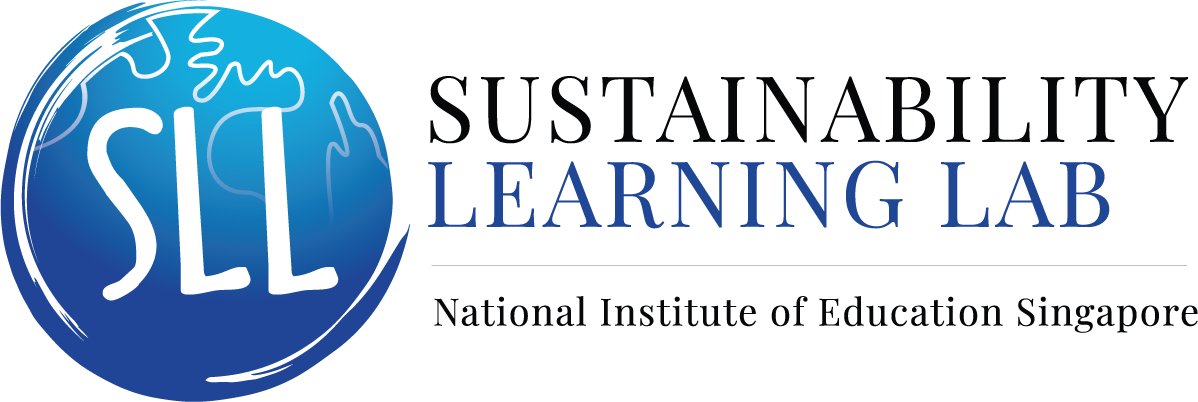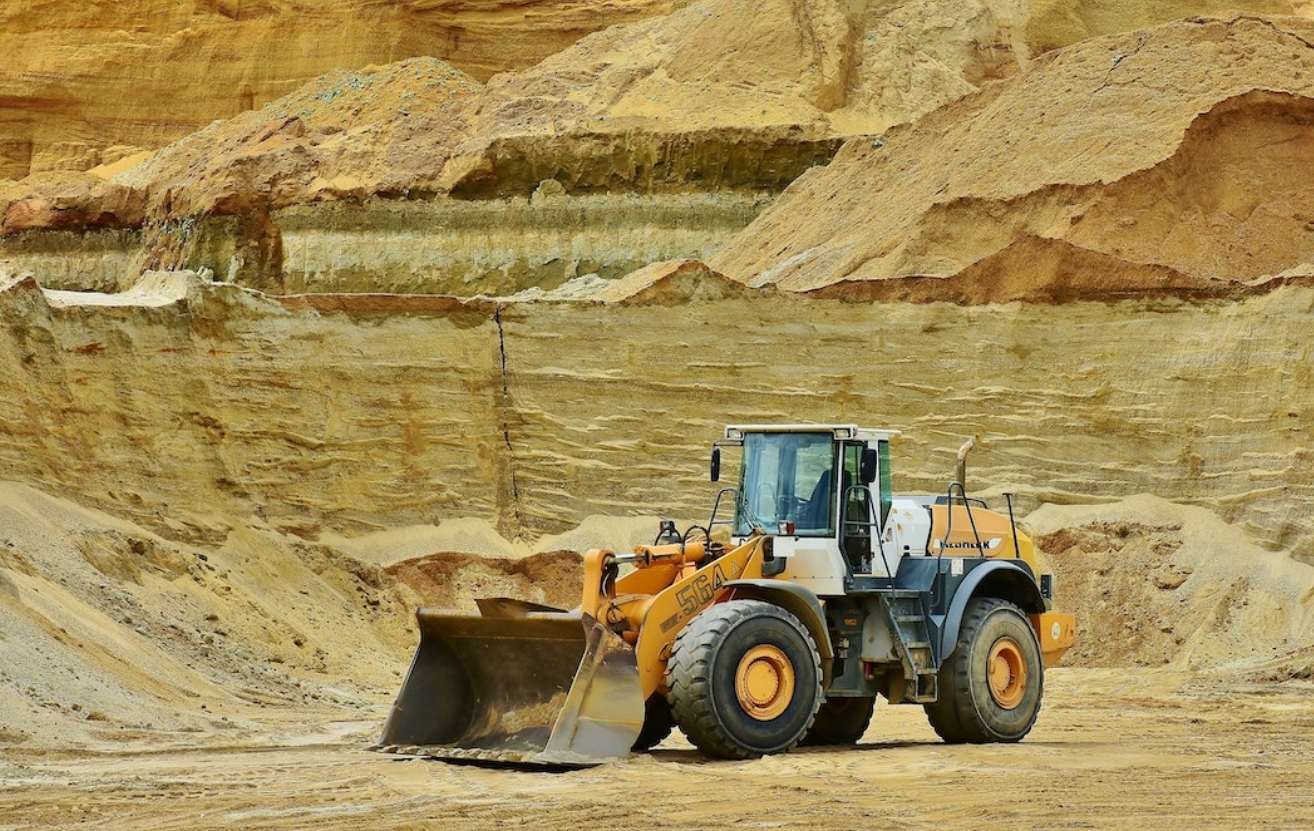Unsustainable sand extraction at the current rate could possibly lead to serious impacts on the environment and local communities, and affect international relations. From the environmental perspective, removal of sediment from the river channel causes river flow to become sediment-starved, thereby increasing the odds of erosion on channel beds and banks (Hackney et al., 2020; Kondolf, 1997). From the political-economy perspective, the international sand trade has become a growing point of contention between countries in Asia. However, the geographic distribution of sand demand and supply, and its environmental consequences are still relatively unknown.
The goal of the project is to understand the geography of sand mining activities in Asia and its environmental impacts. To achieve this, we intend to address the three specific aims:
Generate sand mining and trading map of Asia via integrating literature reviews, online data mining, and remote sensing (urbanisation maps and night-time lightmaps). By revealing the locations where sand supply and demands (in metric volume) arise and concentrate, this project will be the very first effort in the world to holistically investigate and report the geography of sand mining activities on a regional scale.
Compare the sand annual extraction rate from the map (in Aim1) with the physically measured rate in the Mekong Delta, which is also a novel conceptual and methodological approach. The Mekong Delta is one of the most mined and sand-exported sites in the world (Bravard, 2013) and was chosen as a representative site for a case study. This will be the very first evidence-based evaluation of reported sand mining rates in the Mekong River and beyond.
Quantify environmental consequences of sand mining in the Mekong Delta via analysis of grass-root social surveys and investigation of government documents. Our project will shed light on new environmental impacts caused by sand mining. An enhanced understanding of the negative impacts of sand mining will inform the stakeholders and local governments in the sourcing region and potentially contribute to a renegotiation of sand export amount between countries at the sustainable extraction rates.



